1. Tardigrades
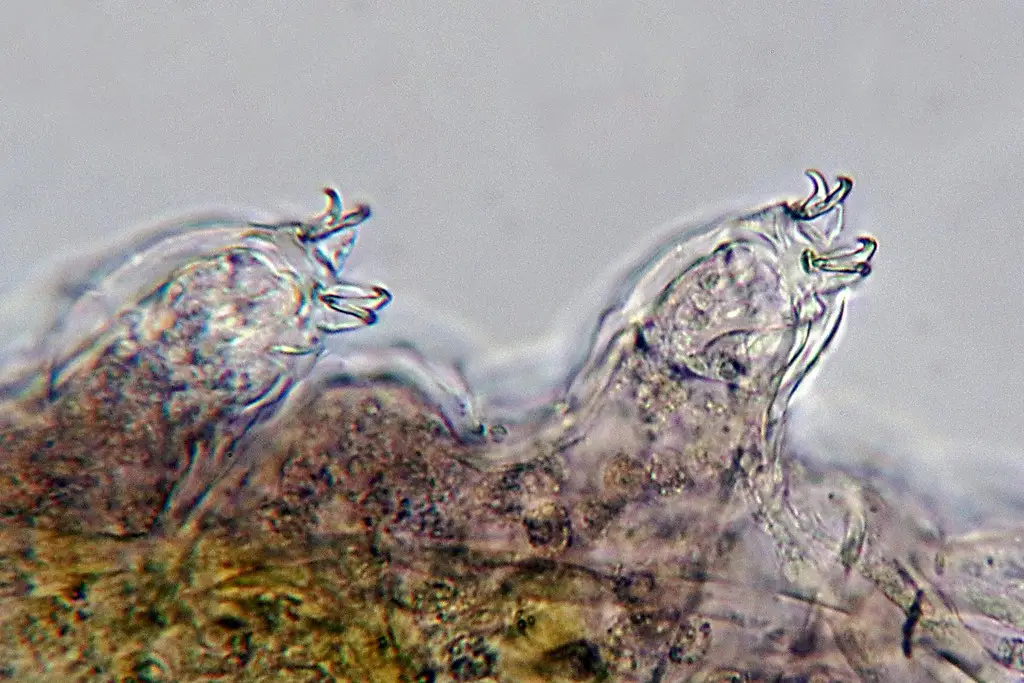
Tardigrades, often called water bears, are among the most remarkable survivors in the natural world. These microscopic creatures are renowned for their ability to survive in extreme conditions, from boiling water to freezing temperatures. According to the European Space Agency, in 2007, tardigrades were sent into space aboard an ESA mission. They were exposed to the vacuum of space, radiation, and extreme temperatures. Surprisingly, some of these tiny creatures survived and even revived after rehydration on Earth. Their resilience lies in their ability to enter a state called cryptobiosis, where they lose almost all of their water content and essentially shut down their metabolism. In this state, they can endure extreme dehydration, radiation, and even the vacuum of space.
Tardigrades’ ability to survive in space has sparked scientific interest, suggesting that life, in some form, could potentially exist on other planets. Scientists continue to study their genetic makeup to understand how they can endure such harsh conditions. They are often cited as one of the most durable life forms, making them a valuable subject for astrobiology research. Their survival in space also has profound implications for future space exploration, particularly in the search for extraterrestrial life. The discovery that tardigrades can endure space conditions shows just how resilient life can be when pushed to its limits.
2. Cockroaches
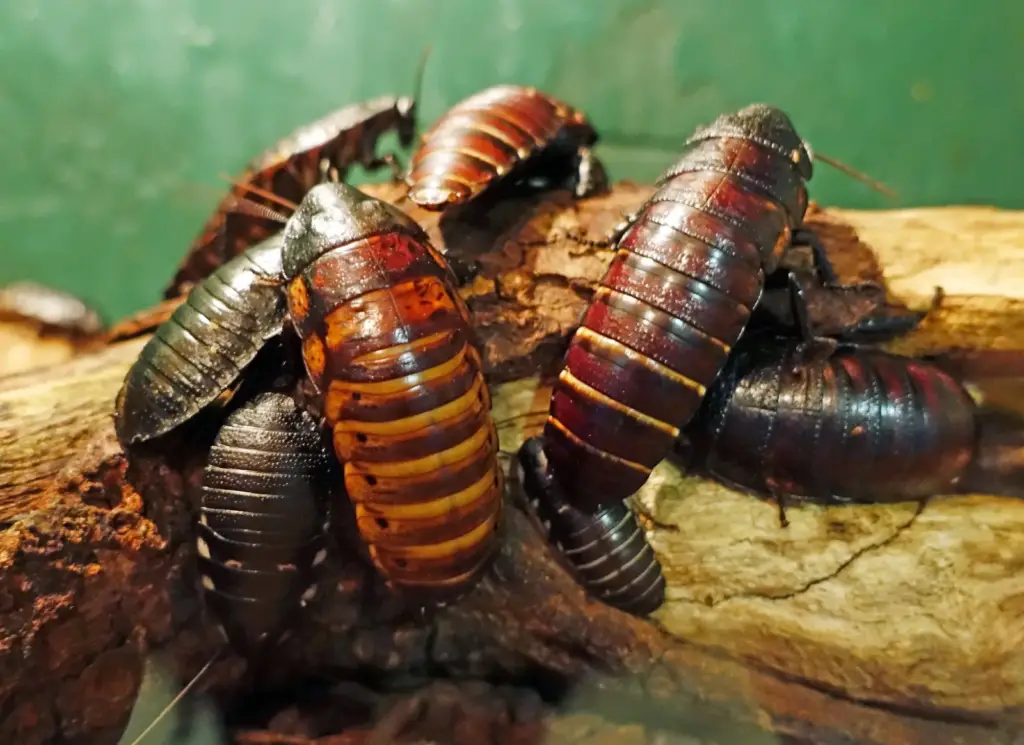
Cockroaches are often regarded as one of the toughest creatures on Earth, and their resilience extends to outer space. According to CBS News, cockroaches were sent to space on the Space Shuttle Discovery in 1998 to study whether they could survive. Even after being exposed to the vacuum and radiation of space, many of these hardy insects not only survived but thrived. Cockroaches are known for their ability to survive without food for weeks, endure high doses of radiation, and even continue moving without their heads for days. Their ability to tolerate radiation comes from their unique biological mechanisms that repair DNA damage caused by radiation. This resilience could provide valuable insights into how to protect astronauts from radiation exposure during long-duration space missions.
Cockroaches have been involved in various studies aimed at improving life-support systems in space, particularly related to food sources and waste management. Their survival on the Endeavour mission proved that insects could adapt to the microgravity environment of space. Despite their reputation as pests, cockroaches’ ability to endure space travel makes them fascinating subjects for scientific exploration. This study opened up new possibilities for using insects in space-based agricultural experiments. They are an essential part of research focused on sustaining human life during deep space missions, such as those to Mars. The cockroach’s survival in space continues to be a testament to how life can thrive in even the most inhospitable environments.
3. Brine Shrimp
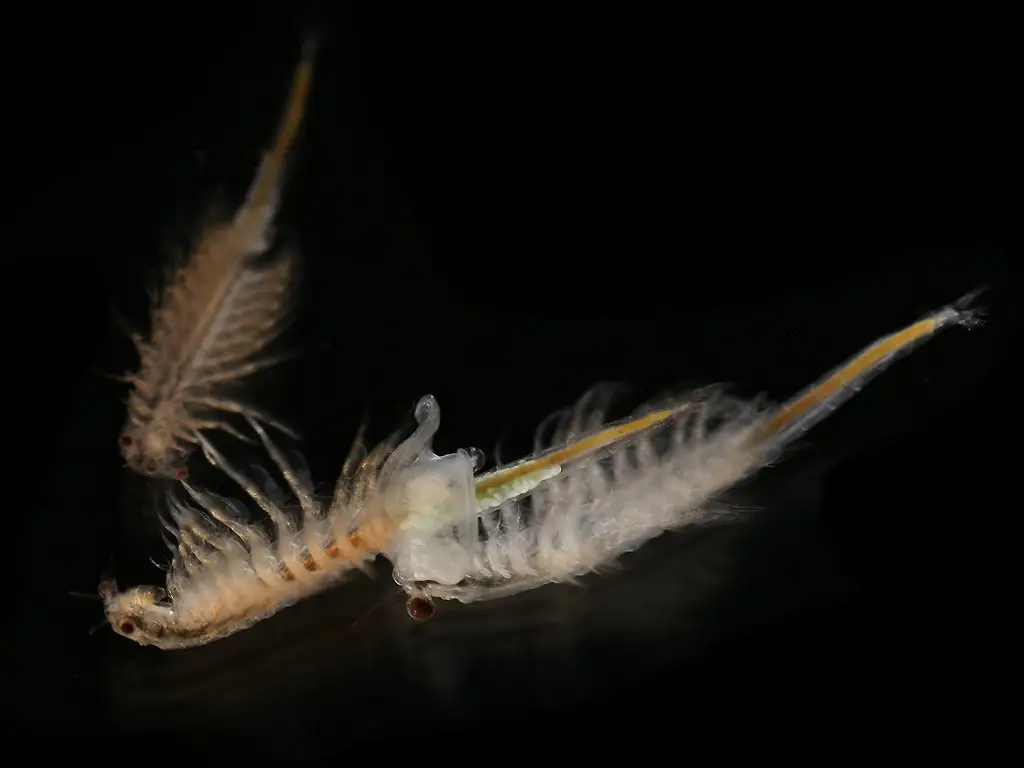
Brine shrimp, often known as sea monkeys, are incredibly resilient animals that can withstand some of the most extreme conditions on Earth—and even in space. These tiny crustaceans have an extraordinary survival mechanism called cryptobiosis, which allows them to survive complete dehydration. In this dormant state, they can remain viable for years without water. According to NASA, in 1998, brine shrimp were sent to space on the Bion 7 mission, where they were exposed to the vacuum of space and high levels of radiation. Upon their return to Earth, many of the shrimp revived and hatched, demonstrating their remarkable ability to endure the harshest environments.
This ability to survive extreme conditions makes brine shrimp ideal candidates for space biology experiments. Their resilience is largely attributed to their ability to enter a suspended animation-like state when conditions become unfavorable. They can also withstand high salinity levels, making them particularly well-suited for harsh environments, both on Earth and in space. Brine shrimp are often used in space research to study the effects of microgravity and space radiation on living organisms. Their ability to survive in space has prompted scientists to consider them as a model for understanding how life might survive on other planets, especially those with harsh climates or fluctuating environmental conditions. The survival of brine shrimp in space raises fascinating questions about the potential for extraterrestrial life to endure similar challenges on distant worlds.
4. Roundworms
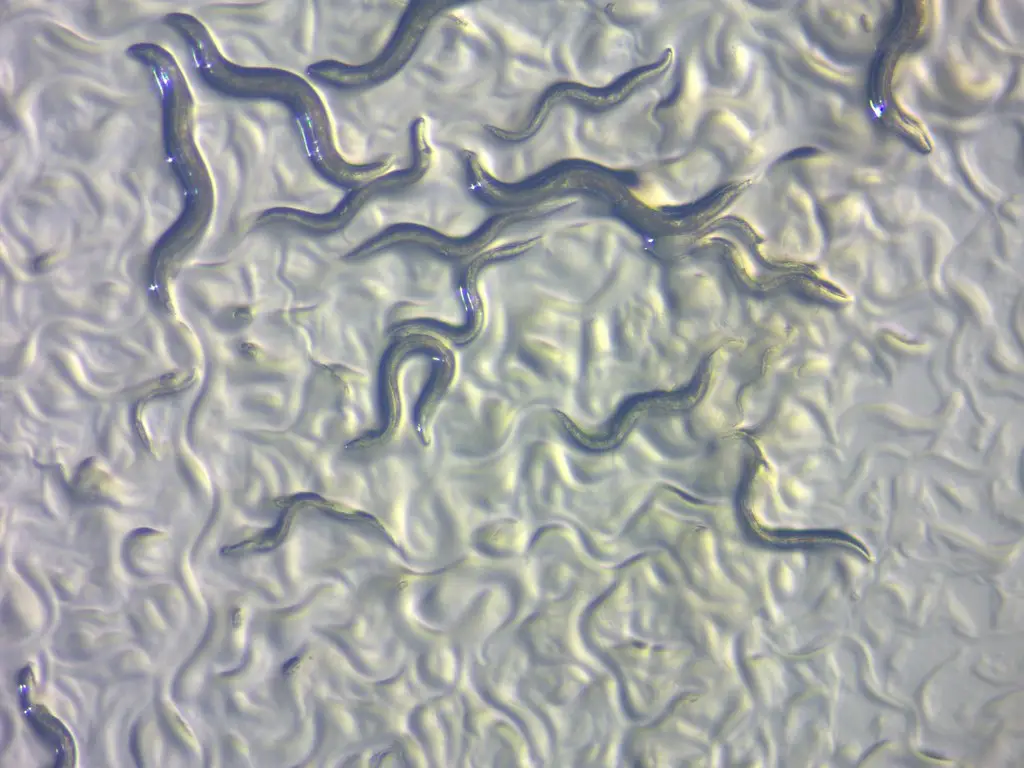
Roundworms, specifically Caenorhabditis elegans, are tiny nematodes that have become model organisms in scientific research. According to Carnegie Mellon Magazine, these microscopic worms have been sent into space several times, most notably on the Space Shuttle Columbia in 2003. They are known for their ability to survive in extreme conditions, including low oxygen, extreme temperatures, and radiation. In space, these worms were exposed to microgravity, which has significant effects on an organism’s biology. Interestingly, the roundworms were not only able to survive in space but also adapted to the new environment, with some even reproducing while in orbit. The microgravity conditions led to changes in the worms’ muscle structure and reproductive patterns, providing valuable insights into how long-term space travel could affect human health.
The roundworm’s adaptability in space makes it a key species for understanding the effects of space on living organisms. Studies have shown that the roundworms’ ability to repair DNA damage caused by radiation exposure is a key factor in their survival. This makes them an essential model for studying radiation resistance in space missions. Their ability to adapt and reproduce in space suggests that life, even at a microscopic level, can thrive under the right conditions. C. elegans continues to be a critical organism for space research, providing essential data for future human space exploration. The survival of roundworms in space underscores the potential for life to adapt to otherworldly environments, making them a valuable resource for astrobiology.
5. Fruit Flies
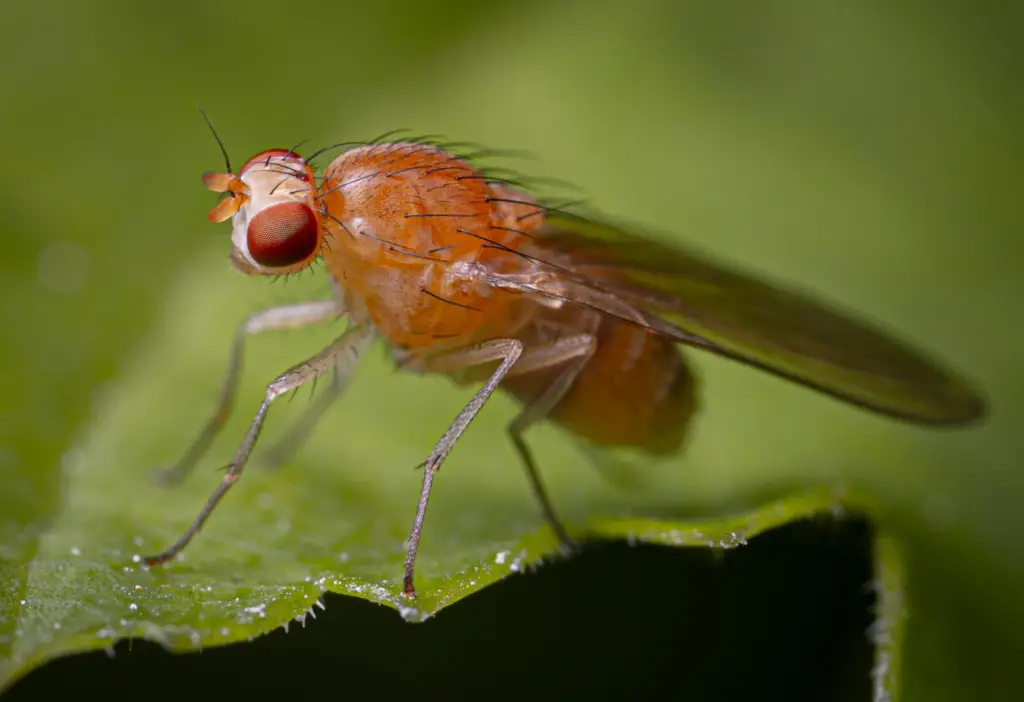
Fruit flies (Drosophila melanogaster) are often the first animals used in genetic research due to their short lifespan and ease of handling. Their resilience extends to outer space, where they have been used in a variety of experiments to study the effects of space travel on living organisms. According to Royal Museums Greenwich, fruit flies were first sent to space in 1947 aboard a U.S. V-2 rocket, and since then, they have been part of numerous space missions. These tiny insects have been exposed to microgravity, radiation, and other space-related stresses. Despite these challenges, fruit flies have proven to be highly adaptable to the space environment. One of the key areas of research involving fruit flies is how space travel affects their development, including their ability to reproduce in a microgravity environment.
The flight provided valuable data on how exposure to space conditions affects the genetic expression and development of living organisms. Fruit flies have also been used to study the effects of space radiation on genetics and behavior, making them invaluable to space medicine research. Their short life cycle and genetic tractability make them ideal for studying evolutionary and developmental biology in space. The survival of fruit flies in space highlights the potential for studying complex biological processes in space, paving the way for further research on how space travel affects the development of organisms. These small creatures play a big role in our understanding of space’s impact on living beings, both for humans and other species.
6. Dandelion Seeds
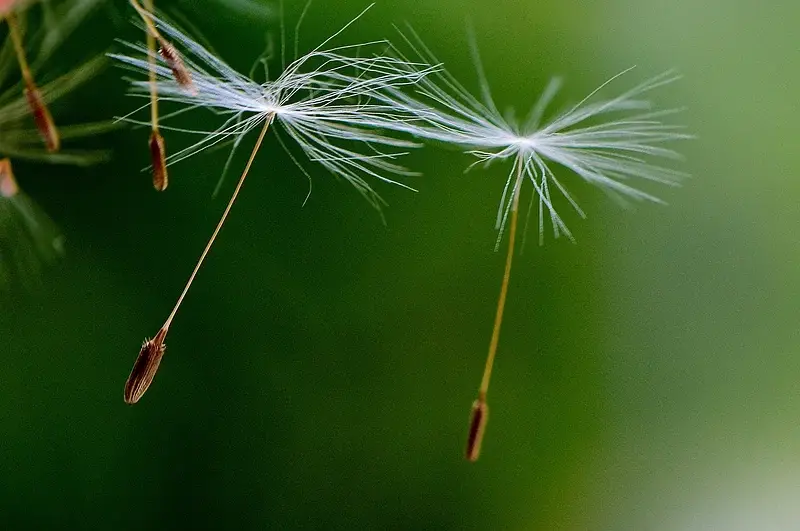
While not an animal, dandelion seeds have been part of space experiments that showcase the resilience of plant life in outer space. Dandelions were included in a space experiment in 2007 when seeds were sent aboard a spacecraft to test their ability to survive in space. These seeds were exposed to the vacuum of space, cosmic radiation, and extreme temperatures for several days. Upon their return to Earth, the dandelion seeds were successfully germinated and grew into healthy plants. This experiment proved that certain plants could survive the harsh conditions of space and continue to grow once back on Earth. Dandelion seeds have evolved with mechanisms that protect them from harsh environmental conditions, such as strong winds and extreme temperatures. Their survival in space is a testament to the adaptability of plant life, suggesting that plants might be able to thrive in extraterrestrial environments with the right conditions.
The resilience of dandelion seeds in space has important implications for future space missions, particularly those involving long-term space travel or colonization. It also raises the possibility that plants could play a role in sustaining human life on other planets by providing food, oxygen, and other essential resources. Their success in space-based research paves the way for studying how plants might be able to survive in space habitats or on other planetary bodies. Dandelions’ ability to endure the vacuum and radiation of space demonstrates that life, in many forms, may be more resilient than previously thought.
7. Spiders
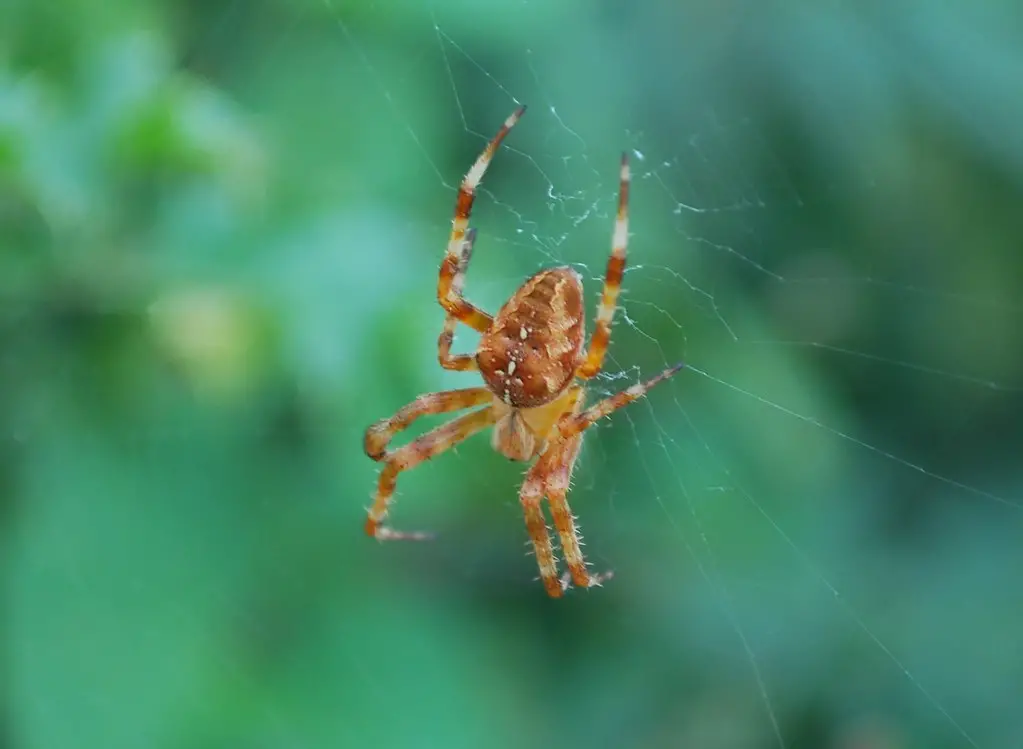
Spiders are not the first creatures that come to mind when thinking about space exploration, but they have shown impressive adaptability in space. In 2008, European garden spiders were sent to space aboard the Columbus module of the International Space Station (ISS). Scientists wanted to study how spiders would adapt to microgravity, specifically how they would spin webs in a weightless environment. The results were fascinating: the spiders were able to spin webs in space, but their webs were different from those spun on Earth. The microgravity environment caused the webs to be more irregular and less symmetrical. Despite these changes, the spiders were able to survive and spin webs, demonstrating that even in space, some instinctual behaviors can be maintained.
This study provided valuable insight into the biological processes of animals in space, particularly how they adapt to the absence of gravity. The survival of spiders in space also sheds light on how other species, including humans, might adapt to long-term space travel. Their ability to continue their natural behaviors, such as web-spinning, suggests that life can continue to thrive in space under controlled conditions. Spiders’ experience in space offers potential lessons for future space-based experiments involving other creatures, especially in terms of behavior and physiological adaptation. They are a key species for understanding the impact of space environments on animal development and behavior. The survival and success of spiders in space highlight their remarkable resilience and adaptability.
8. Xenophyophores
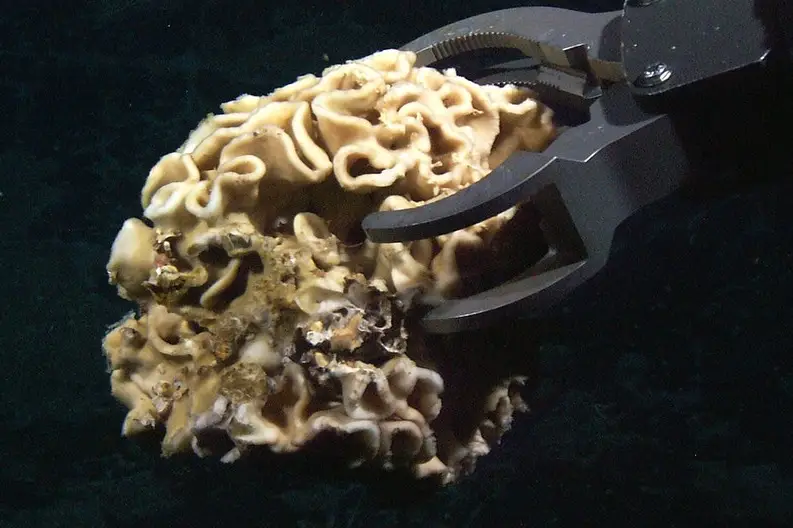
Xenophyophores are large, single-celled organisms that thrive in extreme conditions on Earth, particularly at the deepest parts of the ocean. These unique creatures are known for their ability to endure high pressure and low temperatures. In 2006, xenophyophores were part of an experiment that demonstrated they could survive in space’s vacuum. The study suggested that these resilient organisms could potentially survive on other planets or moons with similar harsh environments, such as Europa, one of Jupiter’s moons. Xenophyophores are particularly interesting because they are capable of creating complex structures to protect themselves from their environment. Their ability to survive in space could offer insights into how life might exist in extreme environments beyond Earth.
The discovery of xenophyophores’ resilience has fueled speculation about the possibility of extraterrestrial life, particularly on moons and planets that experience similar pressures and temperatures to those found in the ocean’s deepest trenches. Xenophyophores’ survival in space expands the possibilities for life forms that could exist on distant planets, where conditions are vastly different from those on Earth. Their survival offers hope for scientists searching for signs of life in the universe, particularly in regions where life as we know it might not be possible. By studying these organisms, researchers are gaining a better understanding of how life could adapt to foreign environments in space.
9. Mummified Animals (Like the Mongolian Gerbil)
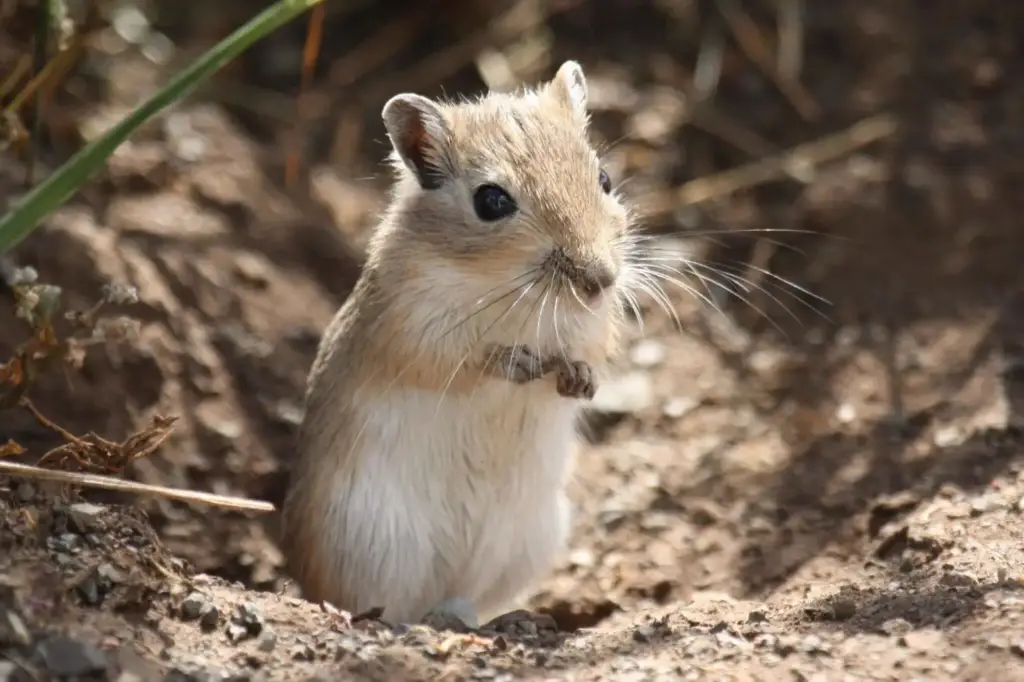
The idea of mummified animals surviving in space may seem unusual, but it has actually been demonstrated in several experiments. One such case involved the Mongolian gerbil, which was exposed to space travel as part of a Soviet mission in 1971. The gerbils were mummified during their journey due to the harsh space conditions, yet they demonstrated remarkable resilience. The experiment was part of an effort to understand how mammals might react to space travel. Although the gerbils didn’t survive in the traditional sense, their mummified state provided valuable data on how space conditions could preserve—or damage—organic life. The gerbil experiment contributed to understanding the effects of space radiation and the vacuum of space on living tissue.
Such studies have important implications for future space missions, especially those aimed at understanding the long-term effects of space travel on human health. These mummified creatures demonstrate that even in death, life forms can offer insights into how to protect astronauts from the dangers of space. They help researchers refine life support systems for space missions and provide key data on how different species might endure space travel. Despite their mummification, the gerbils’ journey to space serves as a crucial piece of the puzzle in understanding biological survival in space. Their story is a testament to the resilience of life in outer space, even if in a nontraditional form.
10. Geckos
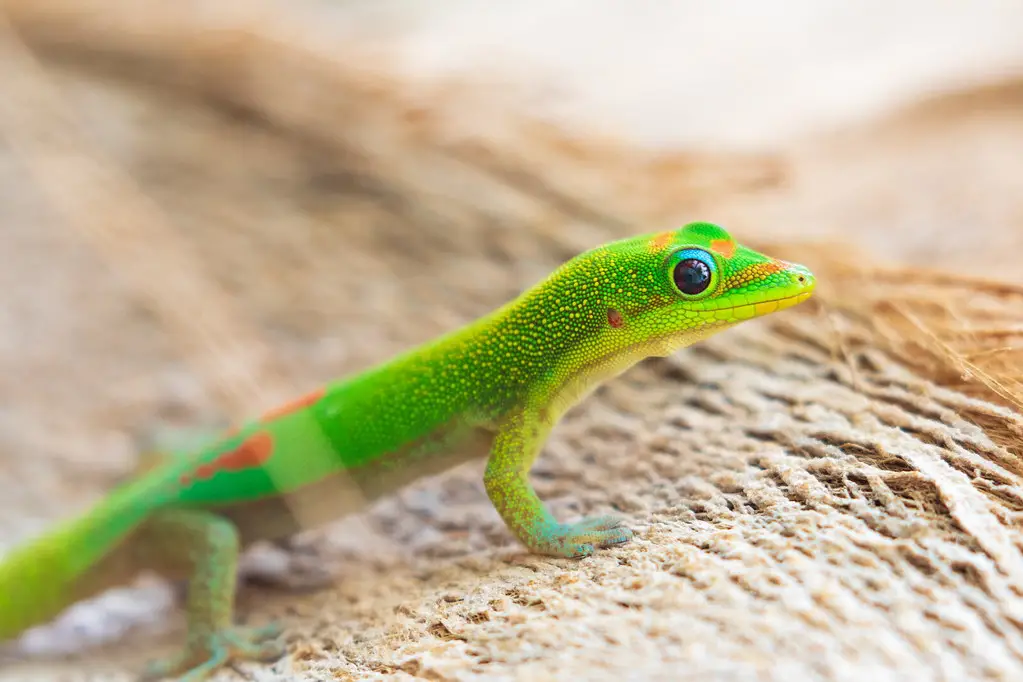
Geckos, small reptiles known for their ability to climb vertical surfaces and stick to smooth walls, are also surprisingly capable of surviving in space. In 2019, a group of geckos was sent to space aboard China’s Chang’e-4 mission. The primary goal was to study how microgravity affects vertebrate development. During their time in space, researchers observed that the geckos’ bones and muscles adapted to the low-gravity environment. Some geckos even reproduced while in space, making them an important part of biological research into the effects of long-term space travel. Geckos are an excellent subject for studying space’s impact on vertebrates, especially in terms of muscle and bone density changes in microgravity. The survival of these geckos provided new insights into the potential challenges of living in space for extended periods.
Their time in space also showed that reptiles, despite their biological differences from mammals, can survive and adapt to space conditions. The geckos’ ability to thrive in the weightless environment helps researchers understand how vertebrates can maintain their physical health during space missions. These animals are paving the way for future research on how humans might adapt to long-duration space travel. By studying geckos, scientists are gaining valuable knowledge on how the human body might respond to space’s challenges.
11. Sea Urchins
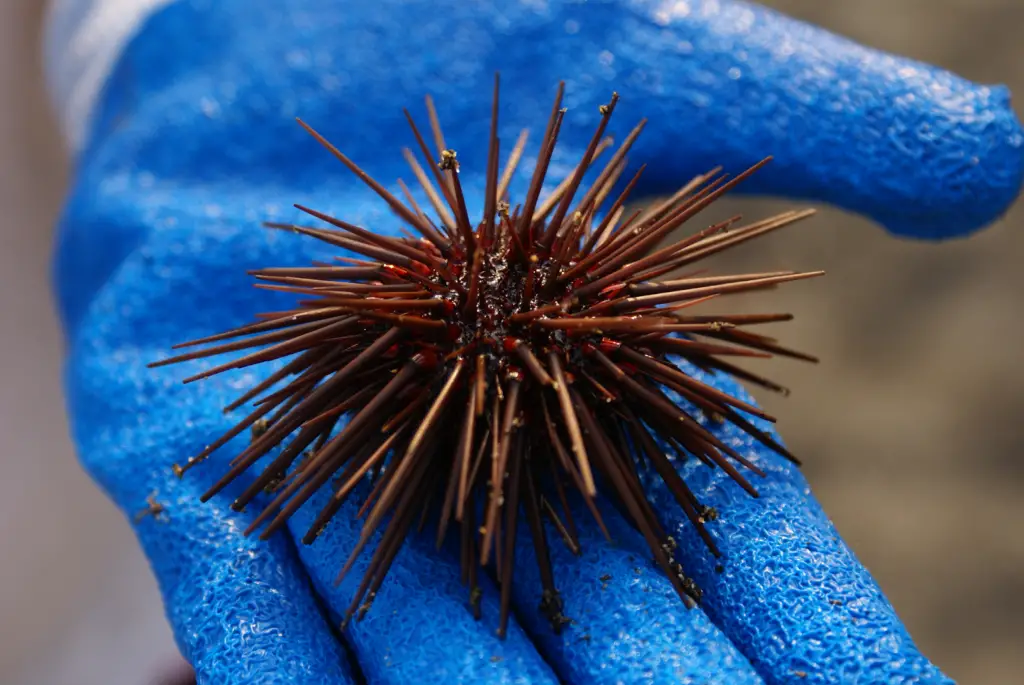
Sea urchins, spiny marine creatures known for their hard shells, have been part of various space experiments focused on embryonic development. Sea urchin embryos were sent into space aboard the Columbia space shuttle in 1994. The goal was to examine how space radiation and microgravity affect the development of embryos. Surprisingly, many of the embryos developed into healthy larvae after returning to Earth, suggesting that sea urchins’ reproductive systems can handle space conditions. The embryos’ survival provides critical data on how organisms reproduce in microgravity, with implications for human reproductive health during long-term space travel.
Sea urchins’ ability to adapt and grow despite the space conditions has significant implications for future space-based research. Scientists are interested in using sea urchins to study the long-term effects of space exposure on fertility and embryo development. The ability of sea urchin embryos to survive and develop in space also suggests that marine life could potentially be sustained in space habitats or on other planets. The study of sea urchins highlights the adaptability of marine organisms to space conditions. This research may help in developing sustainable aquatic life-support systems for space exploration. Their survival in space offers new insights into how marine life might survive beyond Earth.
12. Mice
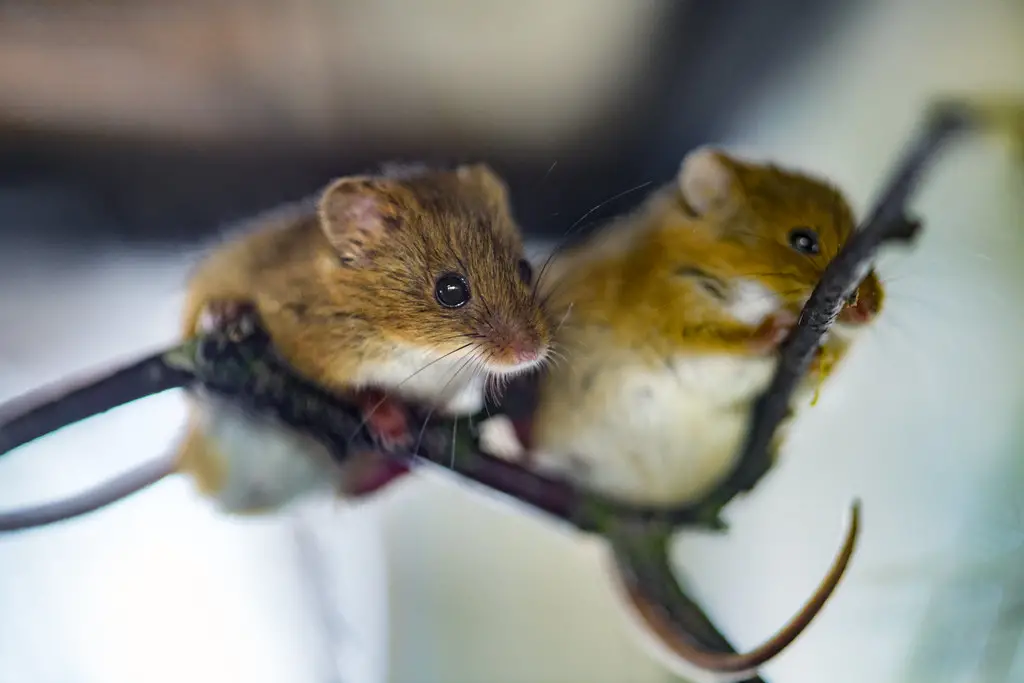
Mice are some of the most commonly used animals in space research. Due to their biological similarities to humans, mice have been sent into space for decades to study the effects of space travel on physiology, behavior, and genetics. Mice have been part of numerous space missions, including those aboard the Space Shuttle and the International Space Station (ISS). These small mammals have shown remarkable adaptability to the conditions of space, including microgravity, radiation, and the absence of a stable day-night cycle. Mice exposed to microgravity often experience changes in muscle and bone structure, mimicking the effects of aging. In space, these changes have been studied to develop better countermeasures for human astronauts, including exercises and nutrition strategies. Mice also reproduce in space, allowing scientists to study how space travel affects genetic expression and development.
Their ability to survive and thrive in space has led to numerous medical breakthroughs, especially in understanding the impacts of space radiation and long-term space travel. Mice are crucial for studying human health in space, including understanding bone loss, muscle atrophy, and the effects of stress. Their survival in space is a key component of ongoing research aimed at improving astronaut health on long-duration missions. As future space missions become longer and more complex, mice will continue to provide essential insights into how life can survive and adapt to the challenges of space travel.


